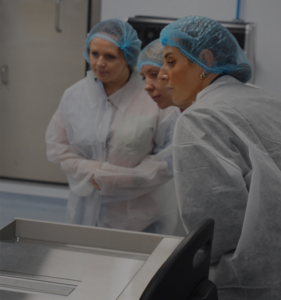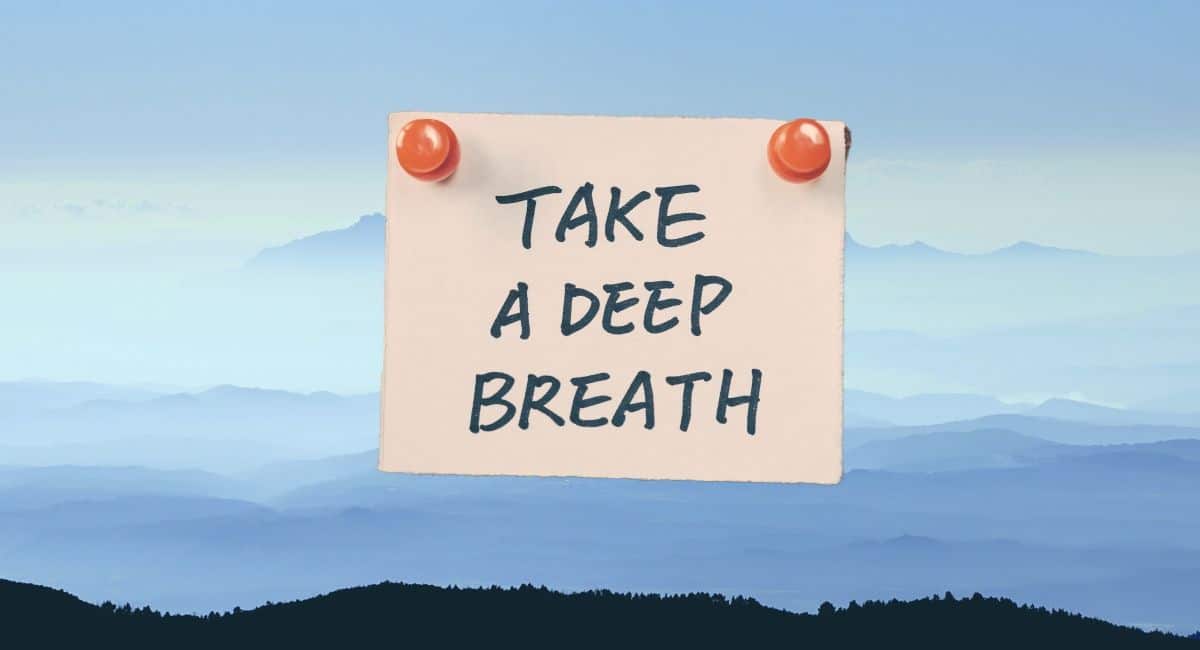Published 16 September 2024
-
Written by Claire Millins

Reviewed by Dr. Abhinav Singh
Fact checking standards
Key takeaways
Breathing. We take our first breath as we come into the world and continue breathing, unconsciously, until we take our last. But can the process of moving something as simple as breathing from an unconscious act to a conscious act really aid our wellbeing?
Enter the art of Transformational Breath.
What is Transformational Breath?
Transformational Breath was developed by Dr Judith Kravitz who, following her experience with conscious breath work through ‘rebirthing’ in the mid-seventies, began incorporating that experience with other healing and spiritual principles to treat her clients, including metaphysics, breath analysis, body mapping, Kundalini Yoga and sound healing.
The resulting Transformational Breath technique is a simple, self-help technique, which according to their website “helps people to open up the full potential of their breathing system for better physical and emotional well-being, it teaches a pattern of conscious breathing that is natural, safe and healthy and which can have many benefits, including increased energy, better immune response and increased ability to deal with stress in a healthy way.”
Why do we need to ‘learn’ to breathe?
Of course breathing is a natural thing that we all do, it’s an essential part of our very existence. We breathe to bring oxygen into our bodies that helps our cells and organs function, and to remove the waste carbon dioxide from our bodies.
Did you know that most of us only use about one-third of our total respiratory capacity? If you think about it like that, that’s a lot of oxygen that our bodies are being deprived of!
And when we’re ill, overwhelmed, scared or generally lacking energy our breathing becomes even more restricted, which leads to even less oxygen entering our bodies.
So learning to breathe helps us become more aware of our breath and where in our bodies we breathe (yes, I know that sounds weird, but bear with me).
Quick exercise to discover where you breathe
Find a quiet space and just sit and breathe, and as you focus more on the in and out movement of your breathing you will discover whether you breathe into your chest, or deeper into your diaphragm.
Well, where do you breathe?
For the majority, I’d hazard a guess and say you found yourself breathing into your chest. If that’s the case, sit quietly again and continue breathing. Once you’ve tuned yourself in, consciously take three slow, deep breaths down into your belly. Inhale for six, hold for two and exhale for eight. Do you feel any difference?
Being conscious of our breath, and learning to use its full capacity is akin to giving and mind and body a full MOT and reset.
What are the benefits of Transformational Breath?
Transformational Breath has many benefits both physical, mental, emotional and spiritual.
Without realising it, life and all its stress gets held within our bodies. Transformational Breath helps to release that tension, and the more that you practice, the freer your breath becomes and you reap the benefits, such as:
Physical benefits
- Release of muscle tension
- Improved energy
- Improved metabolism
- Improved sleep
Mental/emotional benefits
- Reduced stress and anxiety
- Feel more centred and calm
- Feel more positive
- Improved clarity
Spiritual benefits
- Feelings of peace
- Improves creativity and sensual energies
- Increased awareness
- Helps improve yoga/meditation practice
What is the Transformational Breath technique?
If you want to try Transformational Breath, you should always use a trained facilitator before attempting it on your own. The basic premise is simply deep breathing, with no pause between inhale and exhale. The secret though is a wide open mouth through which you breathe.
My experience of Transformational Breath
I heard about Transformational Breath years ago and had always wanted to try it.
Being on the mailing list for a Transformational Breath facilitator, a few years ago I bit the bullet and booked myself on an afternoon’s workshop which included Emotional Freedom Tapping (EFT), Yoga and a Transformational Breath session.
It was excitedly that one sunny Saturday afternoon I traipsed up to a studio in London.
Following the EFT and yoga sessions we settled down for, what for me was the main event, Transformational Breathing.
First off, was the information and science behind why it was a good thing to do, and then the facilitator invited another workshop attendee to the front to be a guinea pig.
The big thing in Transformational Breath is because you breathe in and out through the mouth it needed to be open wide. We were instructed that the best gauge for width was to stick two fingers in our mouths and that was the optimum width.
Next was the breath itself. The breath has to be free, you need to breathe down into your diaphragm, there are no pauses between the inhalation and exhalation, and the in breath is longer than the out breath in a 2:1 ratio; in for two out for one … through the mouth!
Demonstration over, it was time for us all to practice.
I lay down on the yoga mat, with my knees crooked, and got myself comfortable. Well, as comfortable as I can get, as PSOAS muscle tension prevents me from lying on back too long, and began breathing.
Honestly, you feel a bit of a fool when you start out and it’s more difficult than it looks, especially as you have to remember to keep your mouth a two-finger width open. Your mouth goes dry, you worry that you might start hyper-ventilating as you’re got more going in than coming out … breath that is, but then you realise everyone else in the room is probably feeling the same, and you learn to relax.
And that’s the key, relaxation. The more I relaxed and just let the breath go, the more I got out of the session.
I have no idea how long we’d been going, but after a while as I was breathing I suddenly got that feeling you get when you’re about to burst into tears. And there was no stopping it, without warning I was lying on that floor sobbing, and still breathing. One of the workshop facilitators came over and settled her hands on my shoulders and whispered words of encouragement.
Sobbing, I realised, was a good thing. So much emotional baggage the breath simply released it and let it go.
Once the sobbing had subsided I got back to breathing, and then realised I desperately needed to go to the toilet for a wee. (Too much information I know, but important nevertheless)
I raised my hand to indicate I needed assistance, and advised one of the facilitator’s of my bladder’s plight. Of course, you can’t just get up and go, you have to effectively bring yourself round. So, ever so slowly I let me breathing become normal, opened my eyes and rolled onto my side to get myself up.
Now, I don’t drink and I’ve never been drunk. But trying to get up off the floor and then walk towards the toilet was, perhaps, one of the most difficult things I have ever tried to do. My head was woozy and my legs didn’t actually feel like they belonged to me and I struggled to put one foot in front of the other. Is that what being drunk is like?
Bladder emptied, and wooziness subsiding I walked back to my yoga mat, lay down and relaxed for the remaining few minutes of the session.
When everyone was ‘back in the room’ – so to speak – we related our experiences. The facilitators said I was glowing, and indeed I did feeling lighter, as if a great weight had been lifted from me, and more energized.
I have to say, I literally floated down the road back to the train station.
I really must go on another workshop, obviously when the current situation is over, but if you’re curious, even just a little bit I would recommend anyone giving Transformational Breath a go.
Until next time darlings.
Claire
Xx
Disclaimer: This website does not provide medical advice. The information, including but not limited to, text, graphics, images, and other material contained on this website is for informational purposes only. No material on this site is intended to be a substitute for professional medical advice, diagnosis, or treatment. Always seek the advice of your physician or other qualified healthcare provider with any questions you may have regarding a medical condition or treatment and before undertaking a new healthcare regimen, and never disregard professional medical advice or delay in seeking it because of something you have read on this website.
Written by
Claire Millins
Reviewed by

Dr. Abhinav Singh
Dr Singh is the Medical Director of the Indiana Sleep Center. His research and clinical practice focuses on the myriad of sleep.





